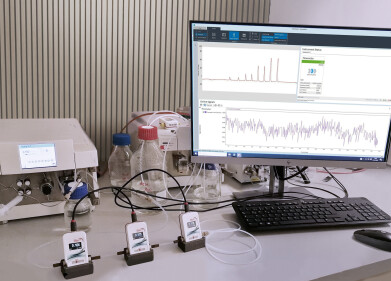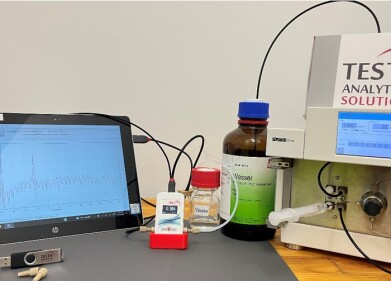HPLC, UHPLC
How Can Chromatography Help Smokers Quit?
Sep 04 2018
It is widely accepted that smoking is one of the biggest causes of early deaths in smokers. Described by the World Health Organization as one of the biggest public health threats the world has ever faced, the tobacco epidemic is estimated to kill more than 7 million people a year. WHO figures suggest there are over 6 million deaths as a direct result of tobacco use and almost 900,000 deaths amongst non-smokers exposed to second-hand smoke.
Reducing the impact of smoking is key to many governments and health departments. Harm reduction strategies are designed to reduce the health risks associated with tobacco use – reducing cigarette use and helping smokers quit. Vaping, patches and practices such as mindfulness are all recognised techniques used to help reduce the impact of smoking on health. But is there a role that chromatography can play in helping smokers quit the habit?
VNPs deliver a hit
Walk down any street in any town or city and you will see someone vaping. Vaporised nicotine products (VPNs) or electronic cigarettes are one of the main devices used by smokers who wish to reduce or quit their reliance on cigarettes. In a strong message in the UK, Public Health England has said in a report that ‘vaping poses only a fraction of the risks of smoking’. VPNs work by heating a liquid that contains nicotine that vaporizes – the vapour is then inhaled delivering the nicotine to the user.
But how can we test the effectiveness of these products? If scientists want to gauge the effectiveness of VPNs they need to know exactly what is in the liquid in the container and the vapour inhaled by the user. It has been shown that there has been variability in the contents sold to consumers. So, it is key that researchers can test the nicotine content of vaping devices – both to allow researchers the ability to compare products and also so consumers can safely use the products.
Measuring the harm – NNAL is a key metabolite
When a smoker reduces the quantity of cigarette products, you would expect to see a reduction in the smoking related harm. One of the key biological markers used to indicate the levels of harm is (Methylnitrosamino)-1-(3-pyridyl)-1-butanol (NNAL) which is a metabolite of 4-(methylnitrosamino)-1-(3-pyridyl)-1-butanone (NNK). NNK is a tobacco specific carcinogen. Traditionally, NNAL is measured in smokers’ urine using a solid phase extraction method. But this can be time-consuming and difficult.
Recent developments have shown that newer ultra high-performance liquid chromatography with mass spectrometry can be utilised to measure NNAL in smokers’ urine. The use of UHPLC is discussed in the article, The Use of Circular Dichroism Detection in UHPLC to Determine Enantiomeric Ratios without Peak Resolution. It has been shown that UHPLC methods are suitably sensitive and simple to use when analysing NNAL levels in smokers.
Chromatography helping us stay healthy.
Events
Jan 20 2025 Amsterdam, Netherlands
Feb 03 2025 Dubai, UAE
Feb 05 2025 Guangzhou, China
Mar 01 2025 Boston, MA, USA
Mar 04 2025 Berlin, Germany














